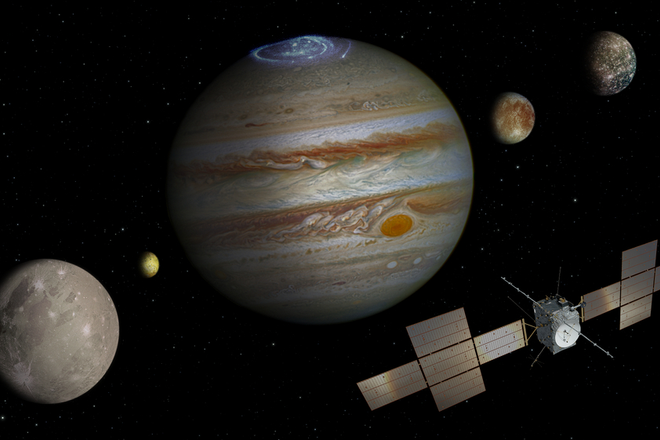Although Slovakia does not have its own space programme and is yet to become a fully-fledged member of the European Space Agency (ESA), its scientists are already contributing in a range of ways to various space missions.
Currently, there are two interplanetary spacecraft hurtling through the expanse beyond Earth which were created in part by researchers and engineers from the Institute of Experimental Physics of the Slovak Academy of Sciences (SAV) in Košice.
In April, the Jupiter Icy Moons Explorer – or Juice for short – launched and, as the name suggests, is set to reach and then study our solar system’s largest planet as well as three of its moons in 2031. Meanwhile, the other mission, BepiColombo, will perform a comprehensive study of Mercury, the smallest planet in the solar system.
The Slovak Spectator talked to engineer Ján Baláž, who has worked on devices for both missions.
To stay up to date with what scientists in Slovakia or Slovak scientists around the world are doing, subscribe to the Slovak Science newsletter, which will be sent to readers free of charge four times a year.
Destination: Jupiter and its moons
The goal of the Juice mission is to make detailed observations of Jupiter and three of its so-called Galilean moons: Ganymede, Callisto and Europa. The three are believed to bear oceans under their thick crusts of ice. Upon reaching the Jupiter system, the spacecraft will study its complex environment and inspect it for possible habitability using a suite of remote sensing, geophysical and in situ instruments.
One such instrument is the Particle Environment Package, or PEP. The device is designed to study the magnetosphere of Jupiter and how it interacts with its moons.


 Jupiter (centre) and its Galilean moons: from left Ganymede, Io, Europa and Callisto. Juice with deployed antennas and arrays is in the bottom right. (source: ESA/NASA)
Jupiter (centre) and its Galilean moons: from left Ganymede, Io, Europa and Callisto. Juice with deployed antennas and arrays is in the bottom right. (source: ESA/NASA)